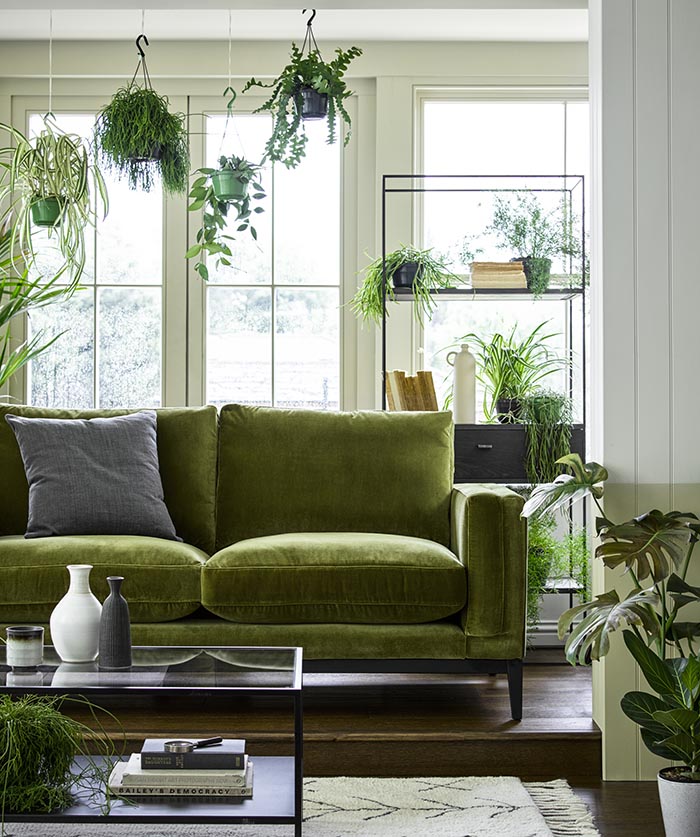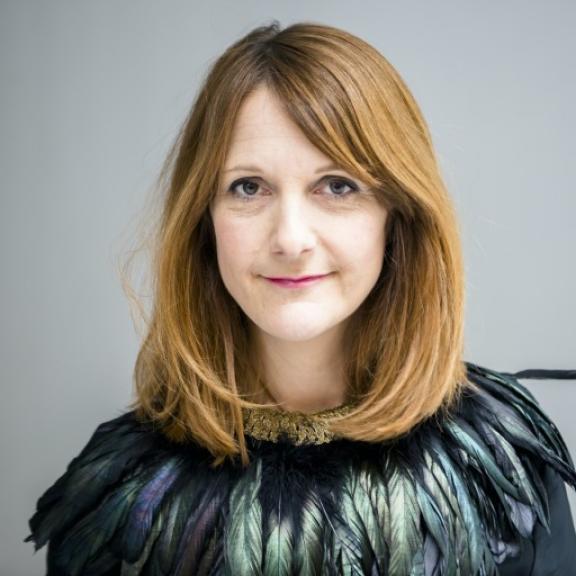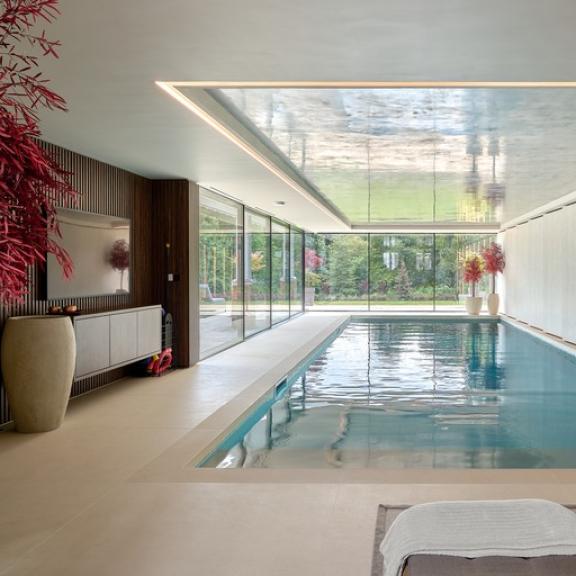Design for Health and Wellbeing
The impact of spaces on wellness is being appreciated as never before. Get the lowdown on the impact interior design can have on health and wellbeing.

The way we live today means the majority of us spend most of our time inside, so the effect of buildings on our health – in its widest sense – is crucial. We talked to Angela Bardino, Principal Interior Designer, Jacobs, about designing for health and wellbeing.
What does designing for health and wellbeing mean to you?
Health and wellbeing can have different interpretations to different people. I see wellbeing as being inherent in our daily practice; it’s an opportunity to further improve everyday life through design. Here at Jacobs, it brings a deeper meaning to our design solutions and has a longer lasting impact as a successful scheme, far beyond the initial look and feel. For me, it is circular. If I feel I am making a difference, however small, for either a private client’s home or a workplace for 1,000+ employees that intervention contributes to my own sense of wellbeing and impacts me in a positive way.
How are designers incorporating the idea of wellness into interiors for homes?
The first stage is to define the client’s understanding of the term health and wellbeing. What does that term mean to them, and what is their desired outcome? The key is to incorporate these defined goals from the project outset at a scale that is comfortable and in line with the project budget rather than being an after-thought or a ‘plant in the corner’ approach. Designers are asking more detailed questions that ‘go beyond’ function and aesthetics, and are really asking how a space is run operationally with greater evaluation of available data as well as traditional anecdotal evidence.
Solutions can be anything from a simple change in paint specification to reduce VOCs (volatile organic compounds) and contribute to improved air quality, to the strategic placement of a window for better daylighting. These considerations can make all the difference to a working day. With the lines of home and work becoming blurred, ensuring home is still a sanctuary is becoming more difficult, as it becomes truly multifunctional. Therefore, the ability to create a different atmosphere with a change in lighting or subtle sliding of a door to close off a work area or ensuring proper acoustic separation for someone who works shifts are all part of designing to contribute to a better state of being. It’s often simple things that can make the biggest contribution to making our homes work for us in a positive way.
Until recently, the effects and benefits of considering health and wellbeing as a design output were largely invisible. Why would a client invest in something so intangible? Yet we have more technology at our disposal now, enabling us first to better understand our spaces and how we use them, and then how we can monitor and improve our environment. This crossover from offices can benefit our homes and our understanding of how we occupy them, so design solutions can be more considered.
And how are designers incorporating the idea of wellness into interiors for offices?
As highlighted in the much-documented quote from the WELL Building Standard: ‘For the majority, inside is our default space. It needs to work harder for us.’
In the workplace, we have long since moved away from treating people as numbers and corporations have realised that looking after people and the environment in which they work has a direct correlation with improved engagement and retention. So, it’s much easier to recommend a better solution. This may not always be a physical solution, like incorporating bike racks and ensuring employees have shower facilities, helping them to make a healthy travel choice. Rather, it may be a policy or simply a freedom to choose the best environment. The workplace now, or at least pre-pandemic, is largely about trust: trusting an employee to pick the right location to suit them and the task at hand. As designers, we are providing the right variety of space typologies: for example sitting, standing, group, individual, private or collaborative. In the workplace, it’s standard practice to combine intelligent specification of products and consider their product lifecycle – for example, integrating planting and monitoring the air quality.
How do the principles of designing for health and wellbeing intersect with sustainability and ethical sourcing in interior design?
Natural products are often associated with wellbeing, but careful sourcing of recycled products can be just as ethical and safe; it’s really about education and feeling comfortable with a product in all aspects of its lifecycle.
There is a huge crossover specification for health and wellbeing and the sustainable and ethical sourcing of the products. A good designer will advise clients on ethical sourcing of finishes and will advise on this throughout the supply chain. They will endeavour to reduce the embodied carbon through intelligent specification and grouping deliveries or by sourcing products manufactured locally where possible. Overall, this holistic approach goes hand in hand with the whole life cycle of a product specification. The designer’s role is understanding everything from where it was sourced, to how it’s maintained (avoiding harsh chemicals), to how it will be recycled in the future. This allows the client to make an informed, more sustainable choice.

We build structures to protect ourselves – from nature and other forces. And we spend increasing amounts of time in these structures, living more than 90% of our lives indoors. Our buildings are designed to keep us safe, to protect us from the elements. But many of the places where we spend our time also get in the way of our health, putting one degree of separation between us and that which has always kept us alive.
Explore new resources from the BIID. Seeing a padlock? Just login or become a member to view.
View the highlights from our 60th anniversary party
We asked Anna Burles: What makes the perfect software?
Discover the smart home technology awards with Platinum Partner, CEDIA
Explore the latest, member-exclusive, templates designed to make your life easier.
University of Gloucestershire wins the BIID Student Design Challenge 2025.





